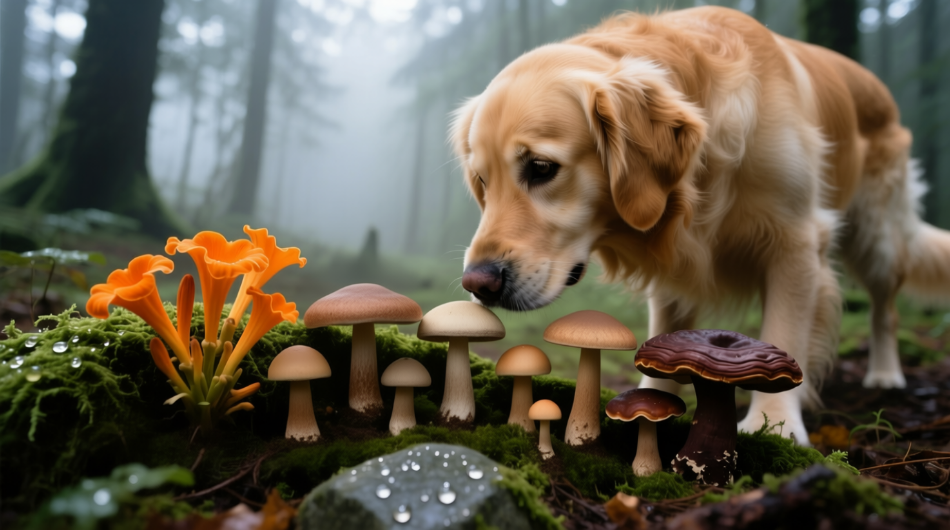Urbanization: Impact on local fungal biodiversity -Thursday, October 30, 2025
Urbanization represents one of the most significant anthropogenic landscape transformations, with profound and long-lasting effects on natural ecosystems. While public attention often focuses on the consequences for higher flora and fauna, fungal communities, essential components of terrestrial ecosystems, undergo equally significant but less visible alterations. This article explores in depth how urbanization processes affect local fungal biodiversity, analyzing changes in species composition, reductions in fungal richness, and the ecological implications of these transformations. Through scientific data, case studies, and statistical analyses, we seek to understand the complex dynamics governing fungal communities in urban and peri-urban environments. Fungi play fundamental ecological roles: as decomposers, they recycle essential nutrients; as mycorrhizal symbionts, they facilitate the uptake of water and minerals for plants; and as pathogens, they regulate plant populations. Their sensitivity to environmental changes makes them excellent bioindicators of ecosystem health. Understanding how urbanization modifies these communities is therefore not only a question of mycological interest, but has broader implications for the management of urban ecosystems and the conservation of biodiversity in human-influenced contexts.












